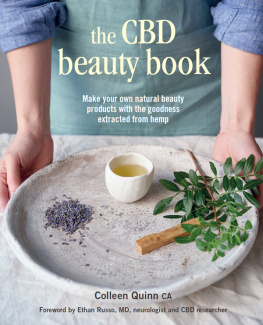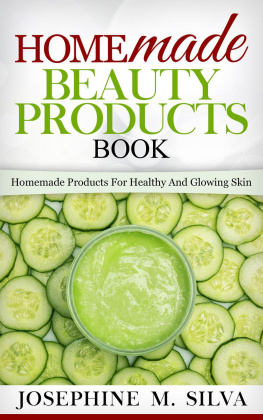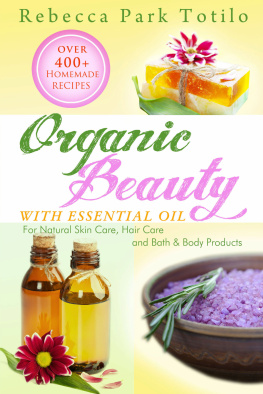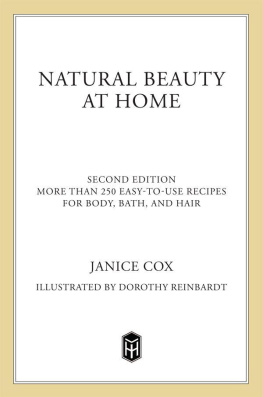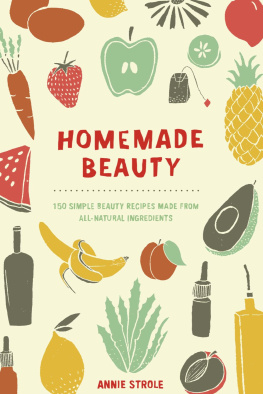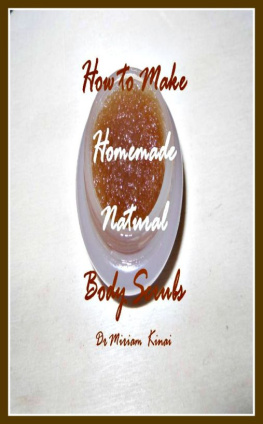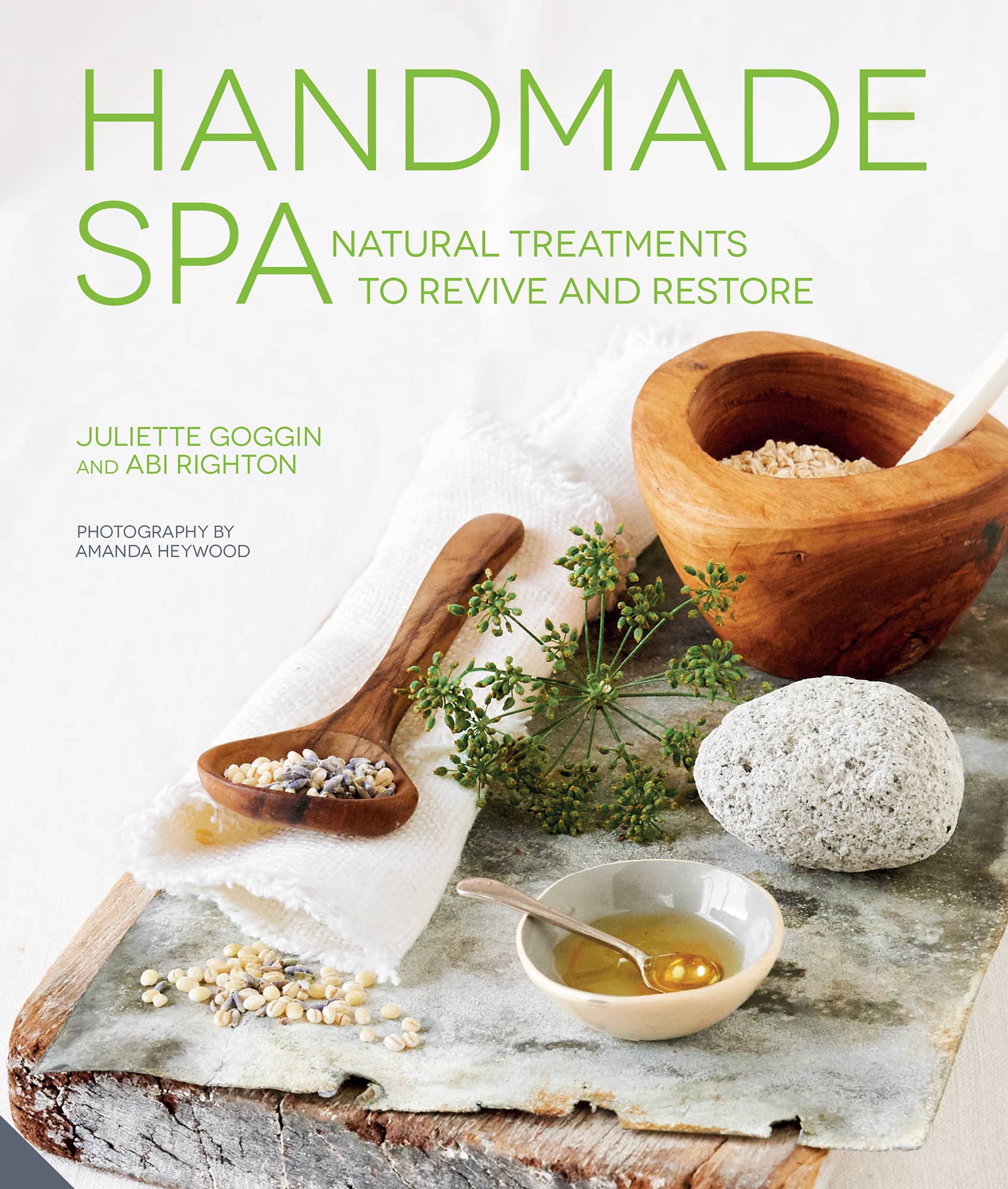Theres nothing better than the feeling of calm, relaxation and rejuvenation brought on by a luxurious, therapeutic spa session. From a simple pedicure, facial or massage at a high-street salon, to a state-of-the-art treatment featuring the latest therapies at a five-star spa hotel all use a wide variety of products, ingredients and applications, and are designed to promote a feeling of health and well-being.
THE HISTORY OF THE SPA
Spa therapies are not a new trend and, like the use of essential oils and fragrance, can be traced back centuries.
The Ancient Greeks were one of the first documented, around 500BC, as using water from natural springs for therapeutic purposes, a practice embellished by the Romans with the creation of their incredibly ornate thermal baths at the sites of mineral and thermal springs. These were valued so highly that they were eventually built across the Roman Empire. As a result, thermal baths came to feature in the cultures of many countries around the world, and as the bathhouses developed, so too did the rituals surrounding them, to include massage and treatments based around steam and heat. These treatments were also enhanced by the use of essential oils and herbal teas.
In the Ottoman Empire, the hammam, or Turkish bath, took their inspiration from Ancient Rome. These bathhouses were open to everyone and served as a communal meeting place. A vigorous exfoliating scrub combined with steam was followed with a body wash and massage.
Some of these spas still exist today. In Istanbul and Marrakesh, stunning, ornate buildings have survived, and provide the authentic Turkish bath experience for both locals and tourists alike.
In Nordic countries, the spa tradition was based on extremes of hot and cold to boost the circulation. A sauna, featuring intense heat and steam, relaxed the body. Then a scrub with honey and sea salt was followed by lightly beating the skin with birch and eucalyptus twigs, and finally a dip in a plunge pool of cold water really kick-started the circulation, resulting in a sensation of exhilaration and well-being.
The spas of today are luxurious and bespoke, as increasingly people seek out experiences to help them relax, restore and rebalance the mind and body. Yet many of the old traditions continue, with the use of exfoliating, steam and massage treatments found in even the most ultra-modern, luxury spas, indicating that the ideas and influences of the past are still going strong.

THE HOME SPA
In Handmade Spa we want to encourage you to recreate the spa experience at home, using recipes you have made yourself and tailored to your own particular needs, so you can enjoy that feeling of well-being, relaxation and luxury as often and as easily as you wish.
Our passion is to create natural recipes and therapies using simple, easy-to-obtain ingredients, which can be replicated at home. In this book we focus on treatments and associated recipes that reflect this ethos, harnessing the benefits of plants from the garden and herbs from the kitchen, combined with simple techniques to enable you to create your own products both fresh ones to try straight away, and those you can store for future use to prolong that spa experience and enjoy additional benefits.
We have arranged the recipes in the book into chapters based on the differing properties of the scents and oils used: whether you want to be energized, comforted and warmed, regenerated and balanced, relaxed or detoxed, there is a recipe for you. You will find products for use on the body, face and hair, including cleansers, masks, scrubs, soaps, bath tablets, face and body creams, and a refreshing eau de toilette, as well as more therapeutic products, such as candles, herbal teas, reed diffusers and pillow mists, to create a truly holistic experience.
We also focus on key techniques, giving you the inside knowledge on how to create a salon-style hot cloth cleanser, and detailed instructions on how to make a variety of eye-catching candles and mood-enhancing incense products. A section on massage tips will also help you to work on soothing some of those aching muscles.
And we havent forgotten the importance of preparing your surroundings so that your spa experience is maximized. We have provided numerous tips on how to set the desired atmosphere, discussing the importance of soft lighting, the right fluffy towels and the benefits of many other helpful accessories. Whether you want to be revived and energized or sent off to a blissful sleep, you can create the environment, recipes and associated scents to do so.

FRAGRANCE FAMILIES
Fragrance is a bit of a mysterious world difficult to explore, to discover, and to find your own style. A basic understanding of the way in which fragrances are grouped into families will help you navigate your way around this fascinating world and hopefully make choosing what you want, or what you need, just a little easier.
The idea of using fragrances and perfumery has been around for thousands of years, from the earliest examples of aromatic plants, woods and tree resins such as frankincense and myrrh being burned over fire to cleanse and scent the air, to the Ancient Egyptians use of scented oils and balms for burial purposes. Over time, the use of oils, herbs and fragrant plants became more widespread for therapeutic purposes, and also in perfumes for the body and to scent the home, much as we do today through the use of candles and reed diffusers.
Modern perfumery began in Italy and France, where the warm climate suited the growing of scented, aromatic plants such as rose, violet, lavender and jasmine. The French town of Grasse became the home of high-quality natural aromatic ingredients and also developed many of the techniques that led to the creation of perfumery as we know it today, including the introduction of new, synthetic ingredients which vastly increased the perfumers creative options. Most famous of all was the creation of the iconic Chanel No 5 in 1921, which used an accidental overdose of chemicals called aldehydes to give a revolutionary and exciting top note to floral fragrances.
As the fragrance business became established, it was decided to categorize perfumes into families, and broadly speaking this has continued, as it enables experts to describe, reference and organize fragrances. Of course, fine fragrance, as eau de toilettes and perfumes are generally known, involves the blending of natural essential oils as well as synthetic ingredients to enable the perfumer to create perfumes around complex fragrance notes that do not exist as natural ingredients. It also allows the creator to make much cheaper fragrances than if they used entirely natural ingredients.


